On hot days, people working outdoors, exposed to high temperature environments are susceptible to heat stroke, which can even be life-threatening if not treated promptly.
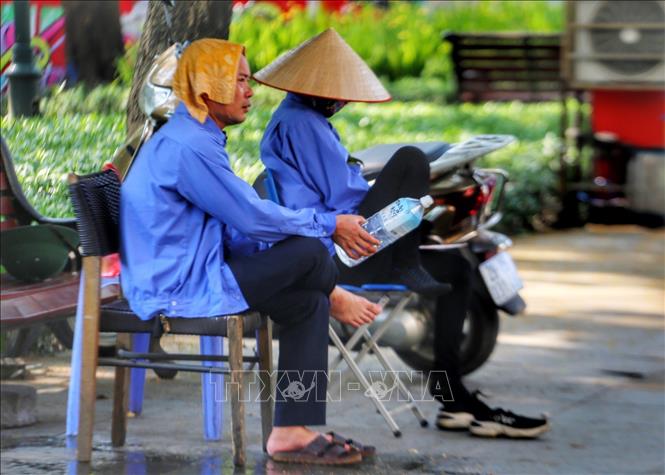
Dr. Pham Dang Hai, Deputy Head of the Department of Internal Resuscitation and Anti-Poison, 108 Military Central Hospital, said: Heat stroke can damage multiple organs, including the central nervous system, respiratory system, circulatory system, liver, kidney and hematology, causing rapid multiple organ failure if not treated promptly , even death. Therefore, understanding knowledge about heat stroke, early recognition signs, timely first aid as well as heat stroke prevention is extremely important, helping to limit sequelae and death.
According to Dr. Pham Dang Hai, some early signs of heat stroke include: Signs of impaired consciousness such as coma, seizures; respiratory disorders such as difficulty breathing, respiratory failure; cardiovascular disorders such as arrhythmia, hypotension, oliguria, accompanied by fatigue, headache, flushing, possible vomiting, diarrhea, body temperature above 40 degrees Celsius, hot and dry skin.
When encountering these cases, it is necessary to immediately help the patient lower their body temperature and support organ failure by quickly removing the patient from the hot environment, moving them to a cool, shady place, removing their clothes...
People with heat stroke need to be cooled down by the following methods: Place the patient in a cold room at 20 - 22 degrees Celsius and fan; pour cold water at 25 - 30 degrees Celsius on the patient or cover the patient with wet gauze (cold at 20 - 25 degrees Celsius) and fan; can immerse the patient in cold water at 20 - 25 degrees Celsius, keep the head above the water, closely monitor vital functions; place ice packs on the patient's groin, armpits, and neck.
Along with urgently cooling the patient's body temperature, it is necessary to quickly transport the patient to the nearest medical facility, while transporting and cooling the patient.
To prevent heat stroke on hot days, doctors note that at-risk groups such as children, the elderly, and people with underlying medical conditions (such as cardiovascular, respiratory, endocrine, metabolic, and physical exhaustion) need to take precautions against heat and exercise appropriately. Especially the elderly and people with underlying medical conditions should not exercise in extremely hot weather conditions.
On hot days, people can change their exercise time to cooler times and reduce physical activity when the weather is too hot.
In the case of people who are forced to work and live in hot weather, they need to drink enough water and salt, cover their bodies by wearing loose, light, airy and light-colored clothes, wear wide-brimmed hats, and use sunscreen to limit the harmful effects of heat on health.
According to baotintuc.vn
Source link


![[Photo] General Secretary To Lam meets with the Group of Young National Assembly Deputies](https://vphoto.vietnam.vn/thumb/1200x675/vietnam/resource/IMAGE/2025/6/24/618b5c3b8c92431686f2217f61dbf4f6)
![[Photo] Close-up of modernized Thu Thiem, connecting new life with District 1](https://vphoto.vietnam.vn/thumb/1200x675/vietnam/resource/IMAGE/2025/6/24/d360fb27c6924b0087bf4f288c24b2f2)

![[Photo] The 9th Party Congress of the National Political Publishing House Truth](https://vphoto.vietnam.vn/thumb/1200x675/vietnam/resource/IMAGE/2025/6/24/ade0561f18954dd1a6a491bdadfa84f1)

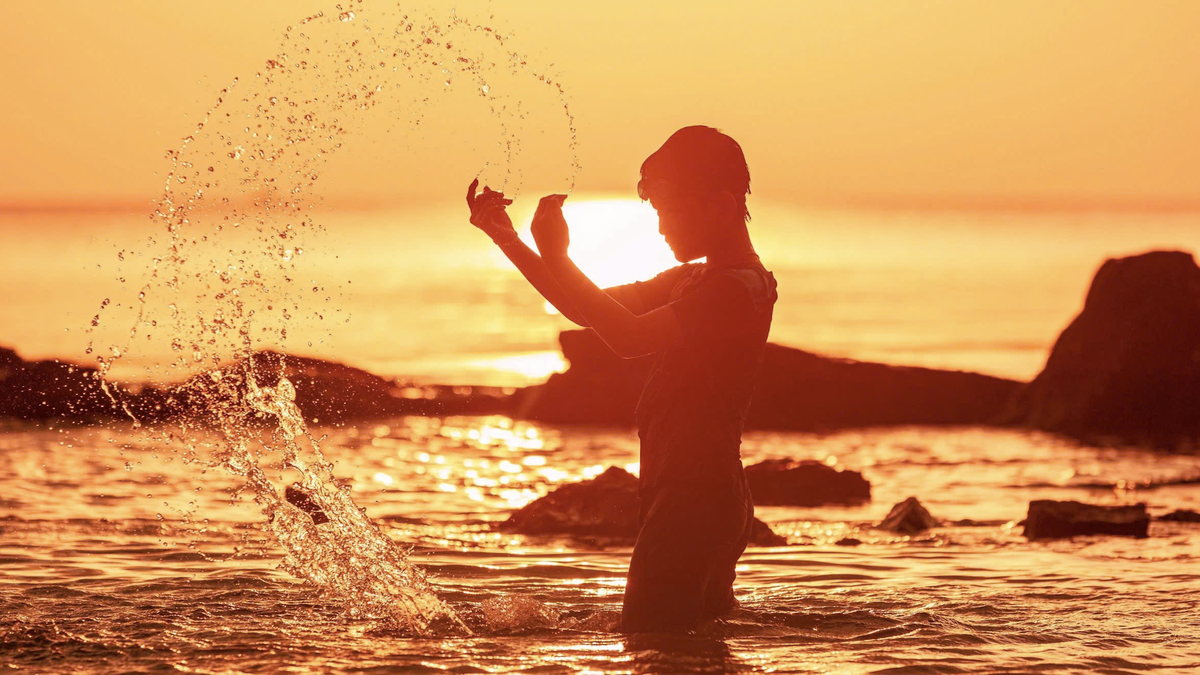




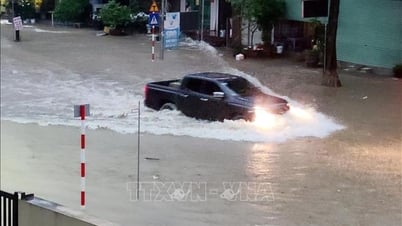






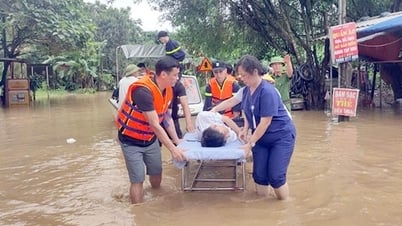




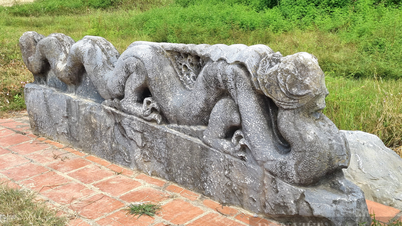











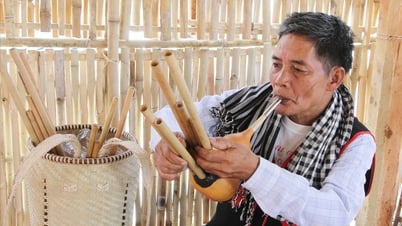





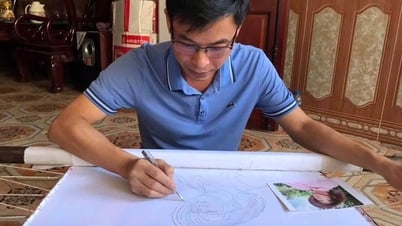



























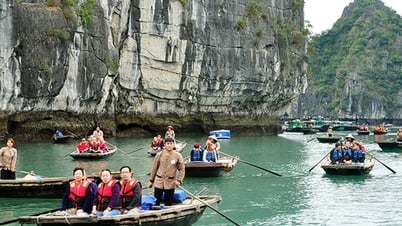



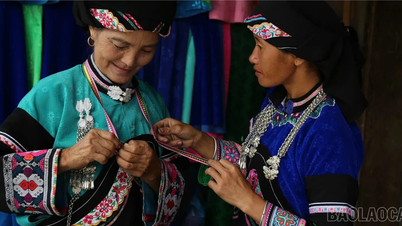





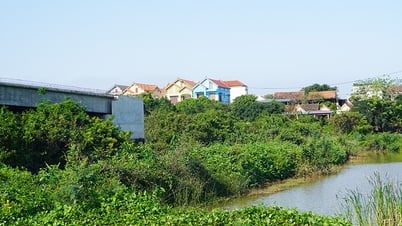
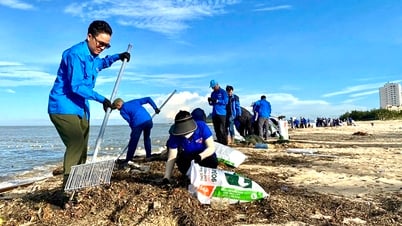














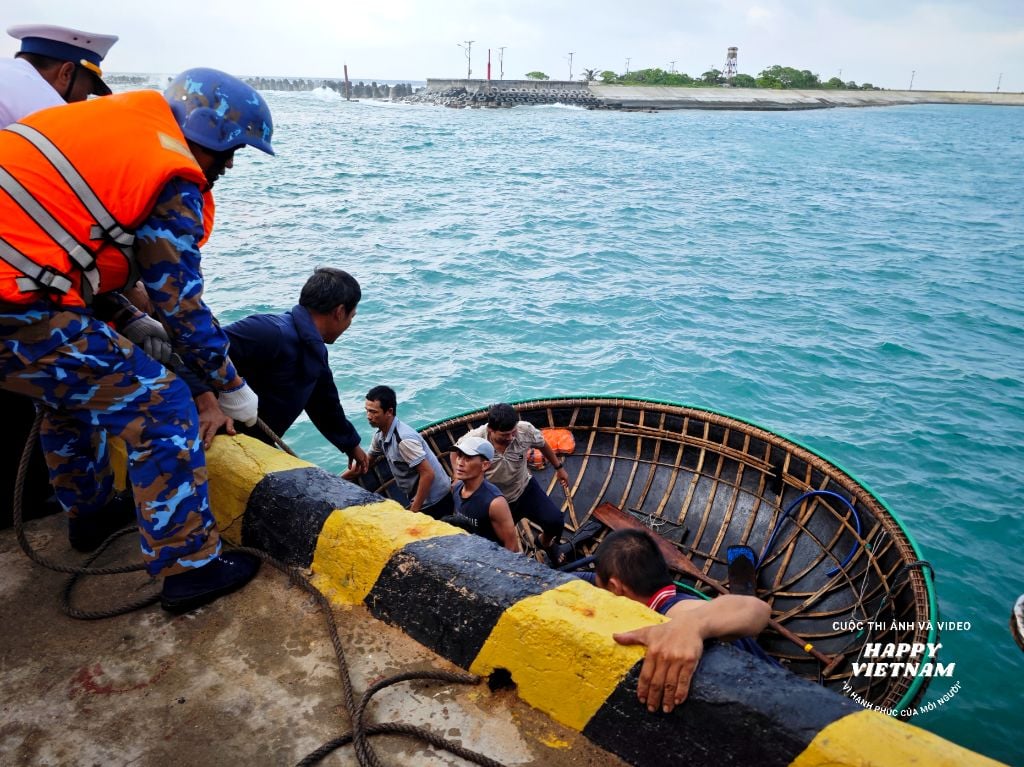



Comment (0)